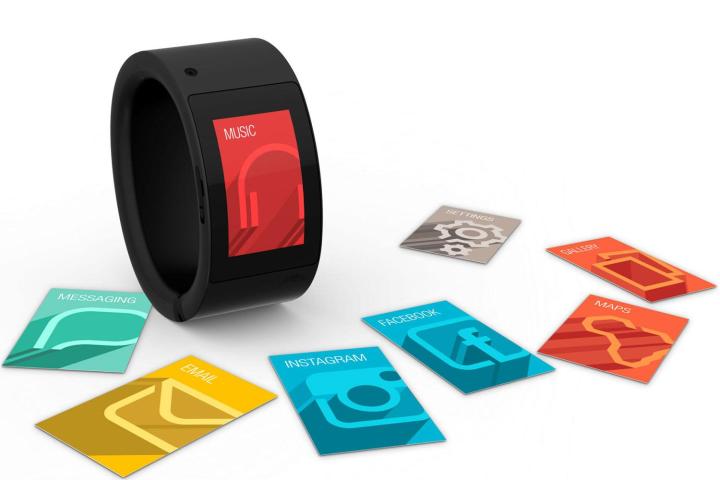
In an interview, Will.i.am has been talking about the moral, and legal, obstacles the human race faces once the technology for printing people has been perfected. Provided we take the word “people,” and replace it with “organs” or “tissue,” he’s actually got a point. Why is he going on about 3D printing in the first place? Well, after creatively directing Intel, messing around with iPhone cases, and making smart watches no-one wants to wear, he’s now chief creative officer at 3D printing experts 3D Systems.
Printing human organs – not people – is real technology, has been around for several years, and is growing at a very fast rate. For example, take a look at this TED Talk on 3D printing a kidney, and see it actually being performed on stage back in 2011, then fast forward to a 3D printed “patch” used to repair a hole in someone’s heart at the beginning of 2015. The questions of the ethics surrounding it have also been asked since its inception.
Will.i.am’s comments will have helped bring it to more people’s attention. However, taking the technology beyond organs and into the realms of printing entire people is, to put it mildly, quite a leap. So when does Will think this’ll happen?
He told The Guardian, “In 20 years, you’ll be able to print a new kidney. You’ll have a machine that prints your genome with proteins that are right for your body. 3D printers will change how we make things, how we fix and heal things.” He goes on to say the people-printing technology will be there “in our lifetime.”
At the beginning of 2014, research analysts at Gartner talked about bioprinting, warning that “major ethical debates” over its usage for printing human organs would come as soon as 2016, and may end up in product bans. Futurist Thomas Frey says on the subject, “We are on the verge of dealing with questions so difficult it makes our head hurt even thinking about them.”
Outside of the sci-fi hype about printing people, Will.i.am may have highlighted a subject which will only gain more attention over the coming years.
Editors' Recommendations
- The future of making stuff: Inside the evolution of 3D printing with Formlabs
- This startup says it will be 3D-printing entire houses within a year
- Giant 3D-printed wasp nests could be the homes of the future
- Biotech company 3D-prints a miniature human heart from stem cells
- iPhone rumor says 2019 models will make 3D Touch a thing of the past




